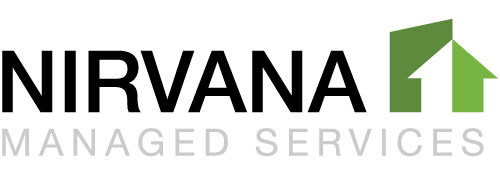Hazardous waste is a serious concern for both businesses and homeowners across the UK. From industrial chemicals to everyday household items, hazardous waste can pose significant risks to both human health and the environment if not handled properly. Understanding how to identify hazardous waste is crucial for ensuring proper disposal and safety. In this blog, we will explore the most common types of hazardous waste and offer guidance on how to identify them.
1. Chemical Waste
Chemical waste is one of the most prevalent types of hazardous waste, particularly in industries such as manufacturing, automotive, and agriculture. Even in households, chemical waste is common, particularly from products like:
- Pesticides and fertilisers
- Cleaning products containing strong acids or bases
- Paints, solvents, and varnishes
How to identify: Look for labels that indicate “corrosive,” “flammable,” or “toxic” properties. Chemical waste often has strong, pungent odours and is typically stored in containers with clear safety warnings. Proper hazardous waste disposal is essential to avoid environmental damage.
2. Electronic Waste (E-Waste)
Electronic waste, or e-waste, is increasingly becoming a concern due to the rapid evolution of technology. E-waste includes any discarded electronic devices, which may contain hazardous materials such as lead or mercury. Examples include:
- Old computers and laptops
- Mobile phones and tablets
- Televisions, printers, and other electronic devices
How to identify: Devices that no longer function or are outdated should be considered e-waste. It’s important to use proper e-waste disposal methods, as the materials within these items can be harmful if not handled correctly.
3. Biological Waste
Biological waste, also known as biohazardous waste, is typically generated by medical facilities, research laboratories, and even some households with medical equipment. Examples of biological waste include:
- Used syringes and other medical equipment
- Blood-contaminated items
- Human or animal tissues
How to identify: Any item that has been exposed to bodily fluids is classified as biological waste. These items are often marked with the biohazard symbol and must be handled using specialised hazardous waste clean-up services to prevent health risks.
4. Industrial Waste
Industrial waste is another common category of hazardous waste, often found at factories and construction sites. This type of waste includes:
- Heavy metals like lead and mercury
- Oils, lubricants, and solvents
- Asbestos materials
How to identify: Industrial hazardous waste can be identified by the presence of unusual smells, dust, or materials that seem out of place in non-industrial areas. Handling this waste requires expert knowledge, and it’s crucial to rely on professional hazardous waste clean-up services for safe disposal.
5. Household Hazardous Waste
Many people don’t realise that hazardous waste can accumulate in their homes. Common household hazardous waste includes:
- Batteries, especially lithium-ion types
- Fluorescent light bulbs and tubes
- Aerosol cans and various cleaning chemicals
How to identify: These items often carry labels indicating that they require special disposal. Look for phrases like “keep out of reach of children” or warnings about toxicity. Expired or old cleaning products and chemicals should also be treated as household hazardous waste.
Why Proper Identification is Crucial
Incorrectly identifying hazardous waste can result in improper hazardous waste disposal, which may lead to serious environmental harm, health risks, and legal consequences. It’s essential to know what you’re dealing with and how to handle it. For example, businesses in the UK are legally required to follow specific guidelines for hazardous waste clean-up to avoid fines and ensure safety.
What to Do if You Encounter Hazardous Waste
If you come across any type of hazardous waste, it’s important to act responsibly:
- Store it safely until it can be properly disposed of.
- Contact a professional clean-up service if the quantity or danger level is high.
- Use designated hazardous waste disposal centres for items like batteries and electronics.
Conclusion
Recognising the different types of hazardous waste is the first step in ensuring they are disposed of responsibly. Whether you’re dealing with chemical waste, e-waste, or biological waste, proper identification is key to avoiding harm to both yourself and the environment. If you’re uncertain about how to handle or dispose of certain items, don’t hesitate to reach out to a professional hazardous waste clean-up service for advice and assistance.




